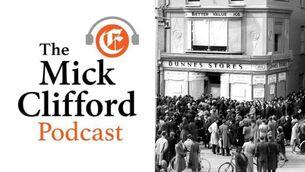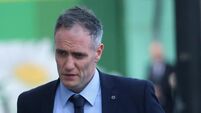Russia’s pivotal role in ending Holocaust

COMMEMORATION of the 70th anniversary of the liberation of Auschwitz by the Red Army has been marred by controversy.
At the 60th anniversary commemoration a decade ago Russian President Vladimir Putin was the star speaker in ceremonies at the former Nazi death camp in Poland. This year he was not welcome. While world leaders gathered at Auschwitz, Putin presided over a ceremony at a Jewish museum in Moscow where he denounced those trying to write the Red Army out of Second World War history.
















